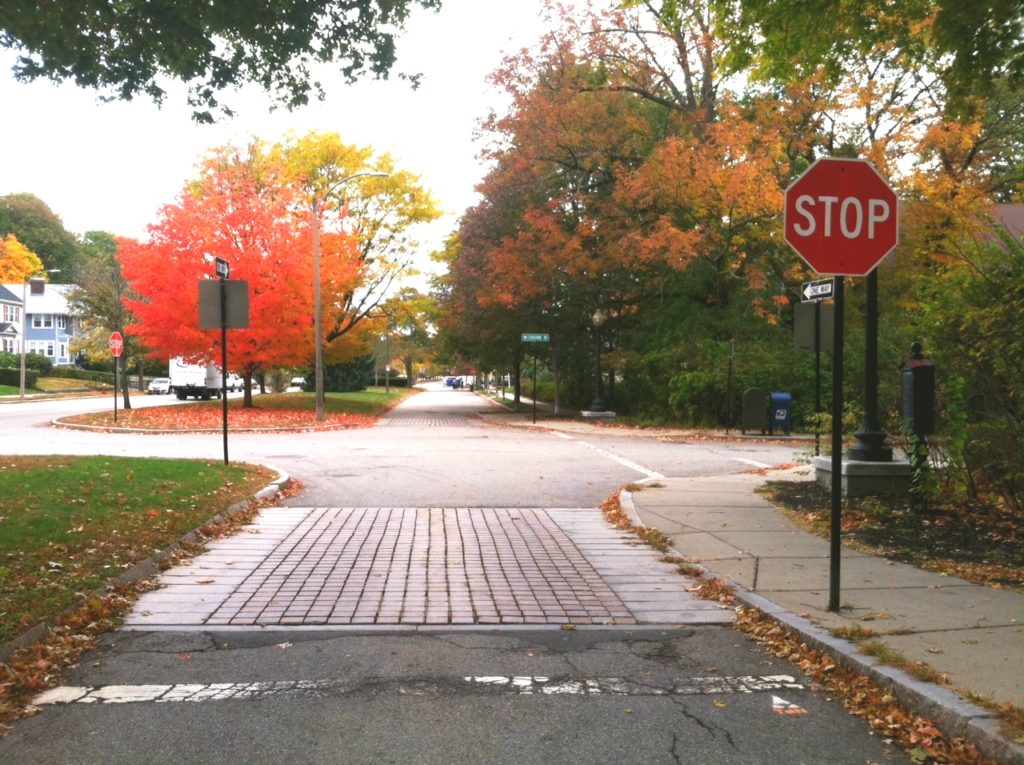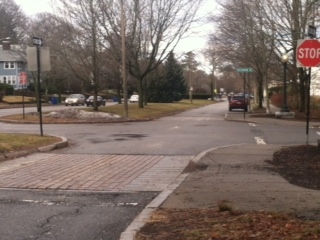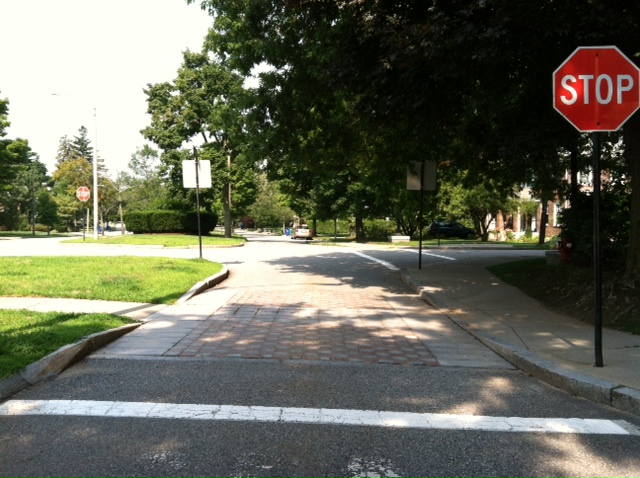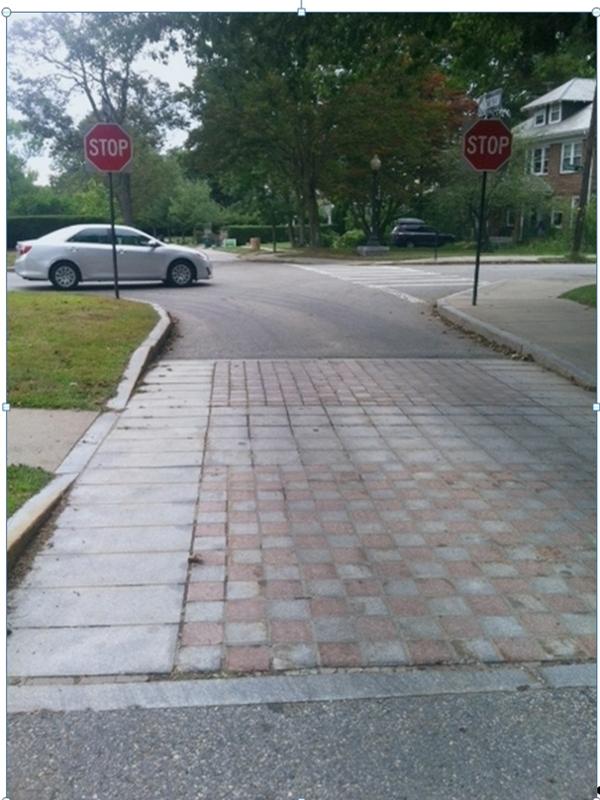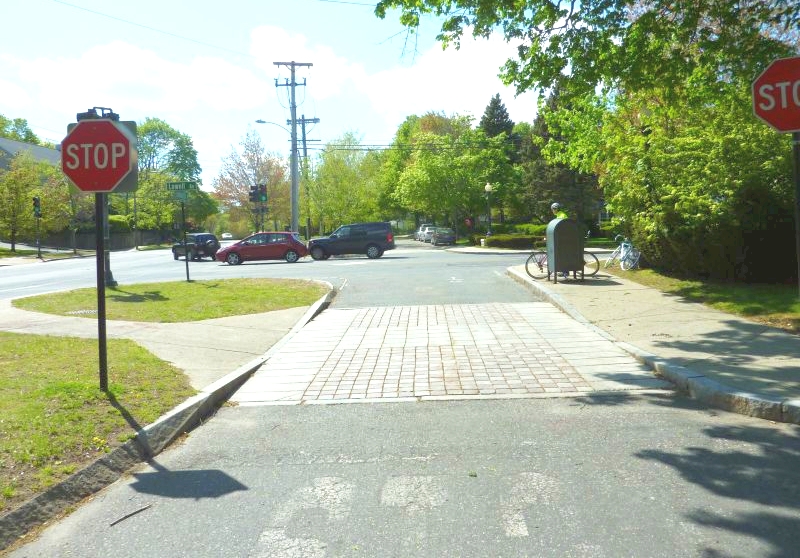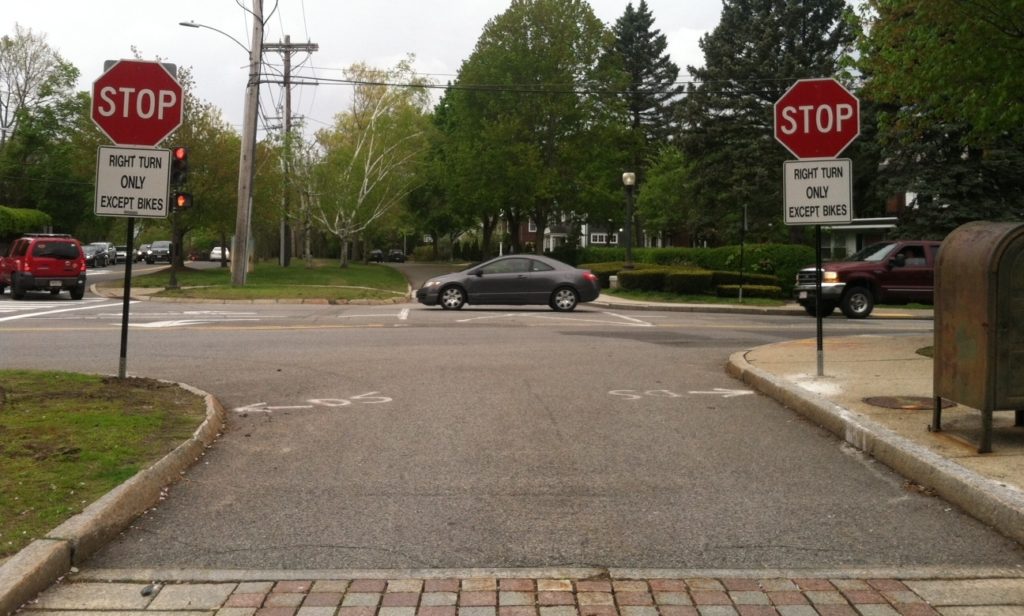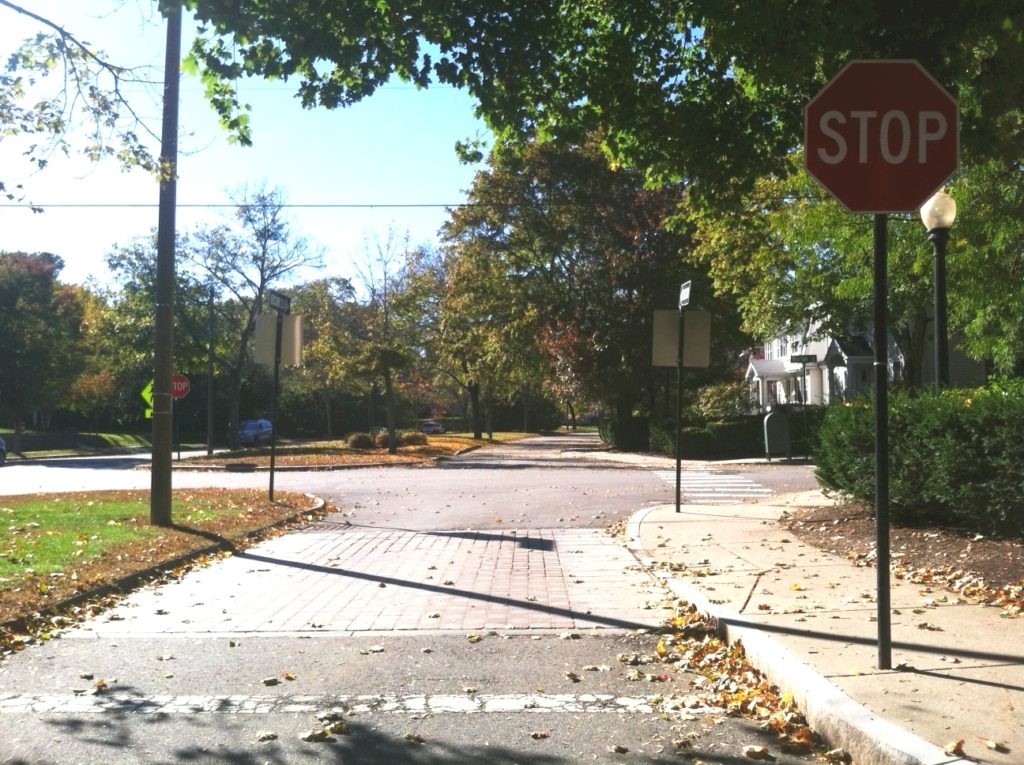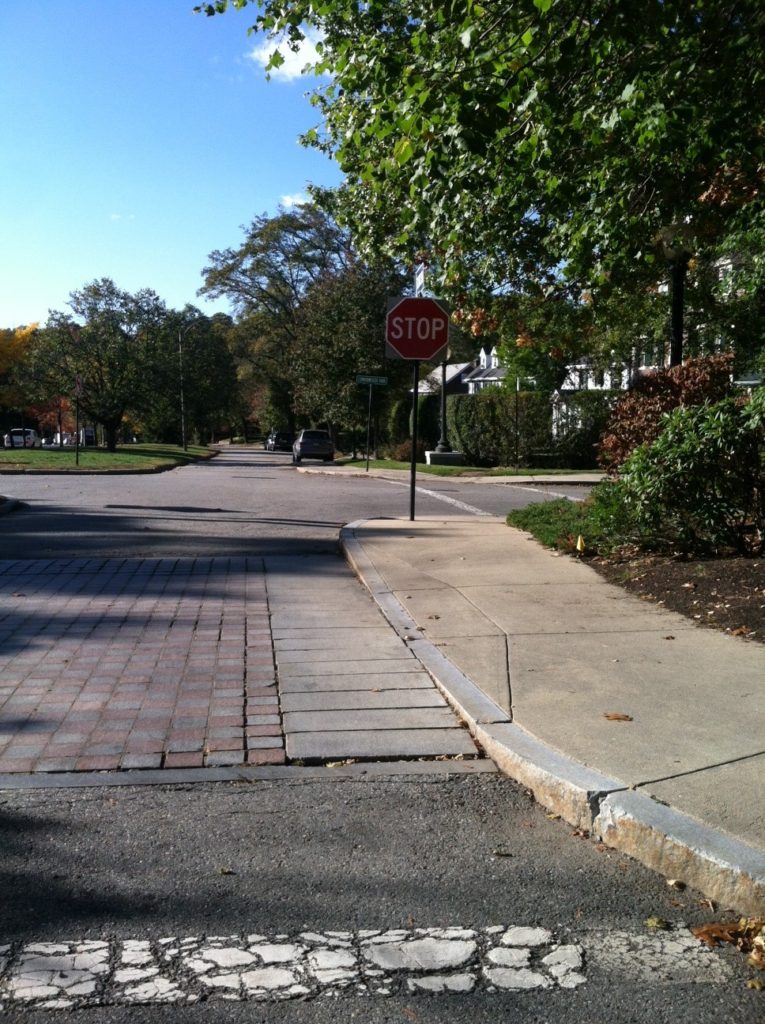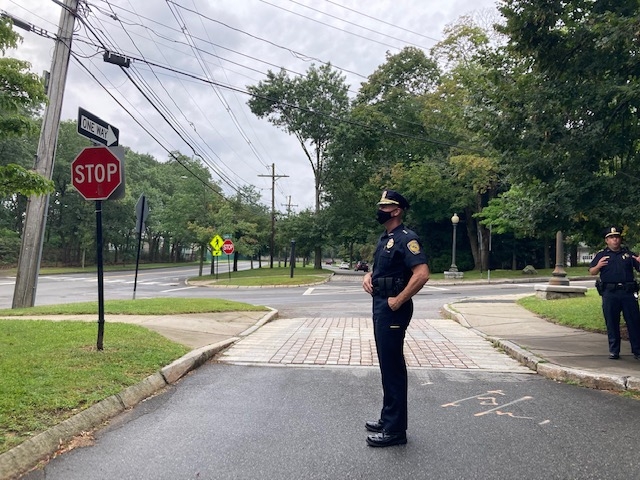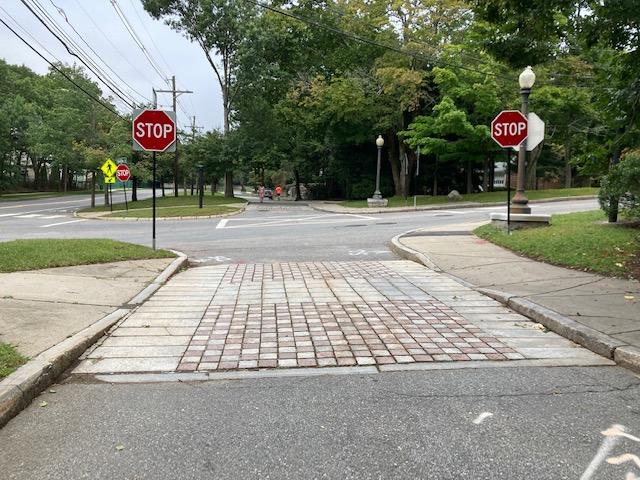Commonwealth Avenue’s berm is a beautiful cascade of grass, trees, and flowering bushes, which makes it an ideal linear park. The corners of the crossroads and the Carriage Lane are adorned with statuesque lights on the SE and SW corners that sit in beds of perenniallly blooming bushes. The crossroads are lined with lovely and tall trees. However, often these overhanging branches and bushes grow to obstruct the vision of drivers. When this happens, these bushes and branches need to be cut back.
We think that the Dept of Parks and Recreation needs to be a part of the team, and needs to be invited to play a fundamental role in ensuring safety along the Carriage Lane. We think also that keeping foliage trim can beautify the garden area, as you’ll see in the photos below, and they are happy to be a part of that team and ensure safety for all.
In walking, biking and running up and down the Carriage Lane, we identified a number of intersections (see below) where safety is compromised because pedestrians going in one direction and drivers going in another cannot see around corners to see each other approaching and behave appropriately. Often the foliage was a modest size when small, but it has now grown to be too large in that location.
Below are some examples of locations where we contacted Parks and Recreation, who came in and saw the problem, and appropriately – and quickly – addressed the situation.
1. The first example is the intersection of Bulloughs Park and the Carriage Lane. Here, on both the NW corner and the NE corner, Phil and I personally got permission from Parks and Recreation to cut down the massive amount of foliage and eliminate the long strands of bittersweet that were was killing other nearby trees. Before, drivers approaching the opening to the pedestrian walkway between Bulloughs Park and Walnut St could not see eastbound pedestrians as they were about to approach the road, and southbound drivers could not see approaching pedestrians. See some photos below:
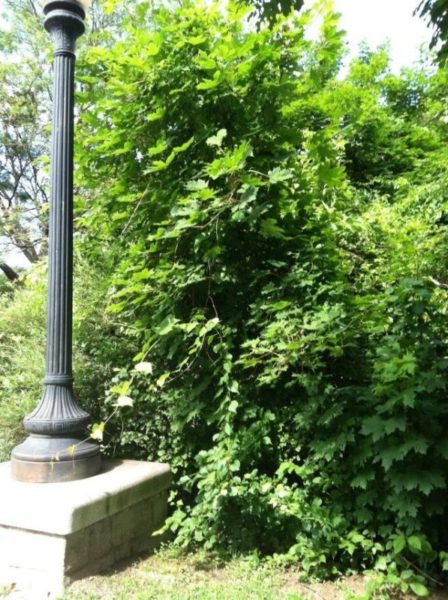
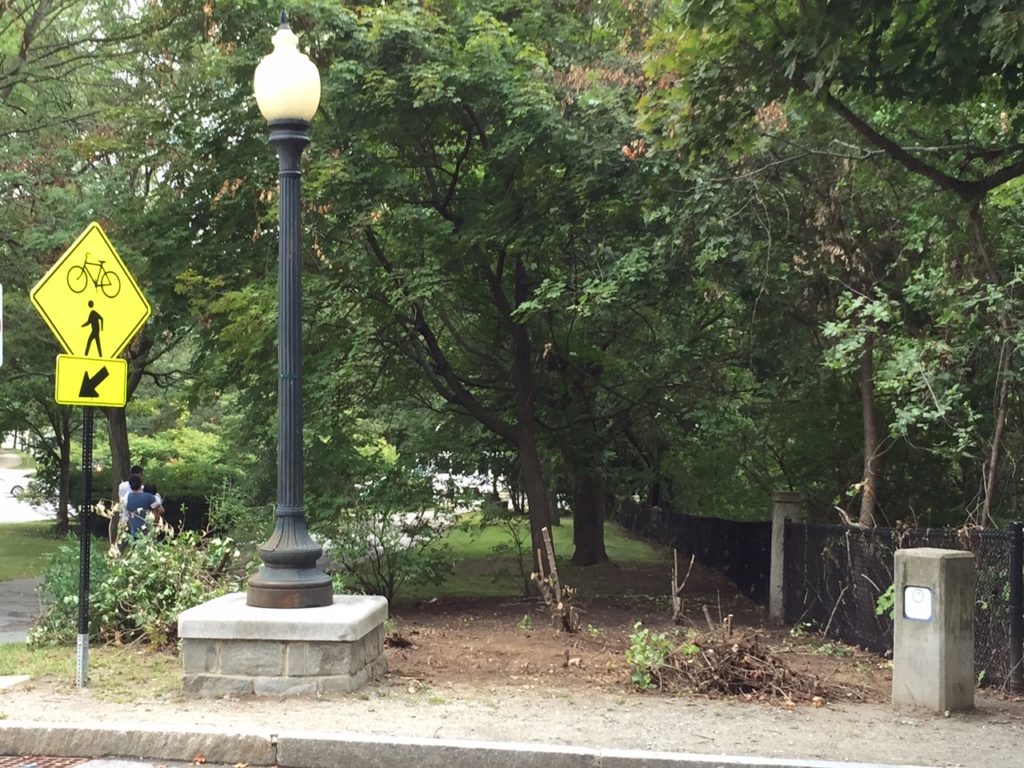
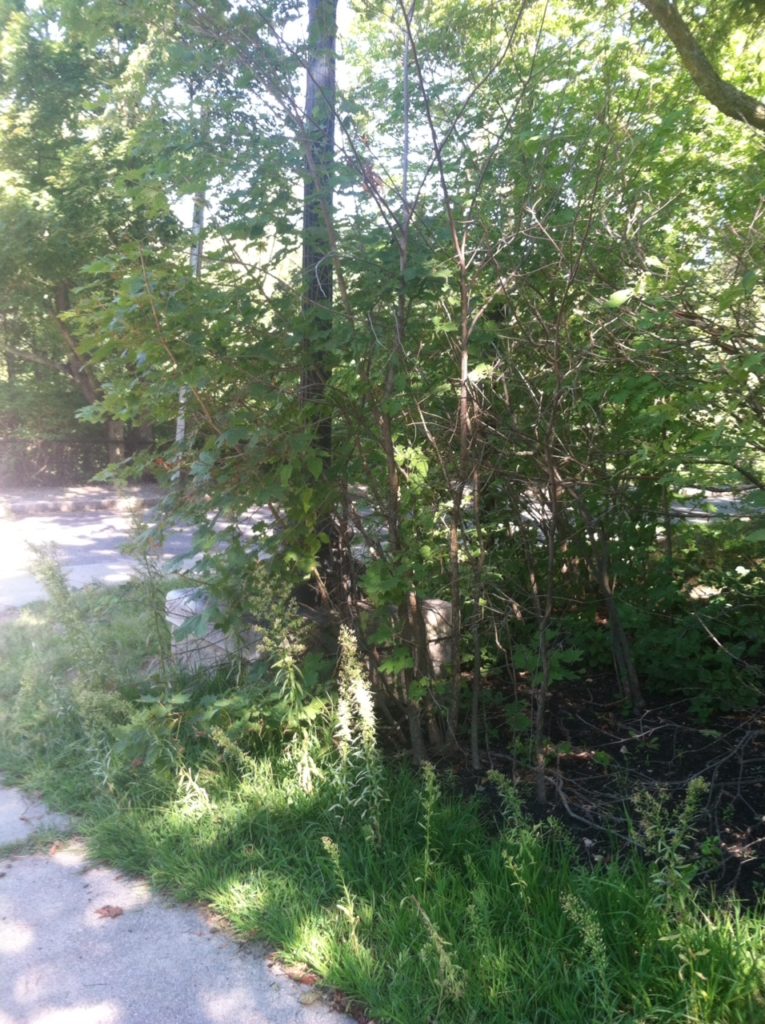
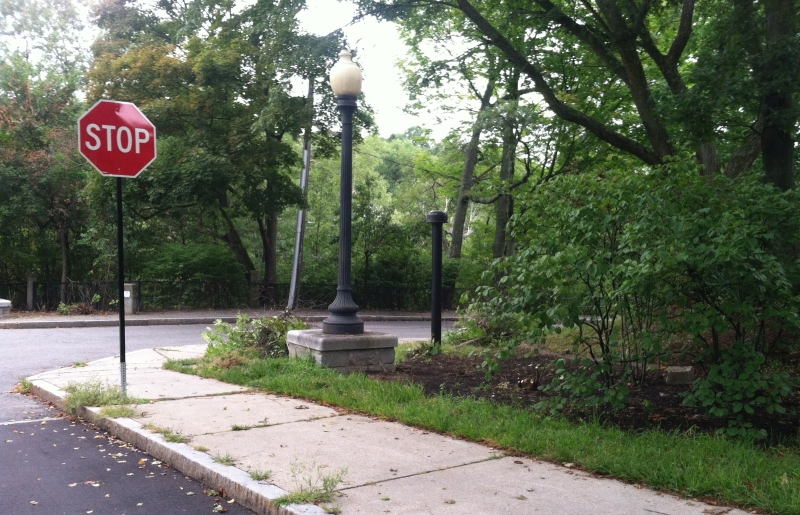
The ewes on the NE corner of Morseland and the Carriage Lane were extremely overgrown, and this compromised visibility of drivers on Morseland Road heading south and drivers (including bicyclists) on the Carriage Lane heading west. Happy to say that Commissioner DeRubeis personally came and saw this, and made sure that the bushes are kept low on a regular basis.
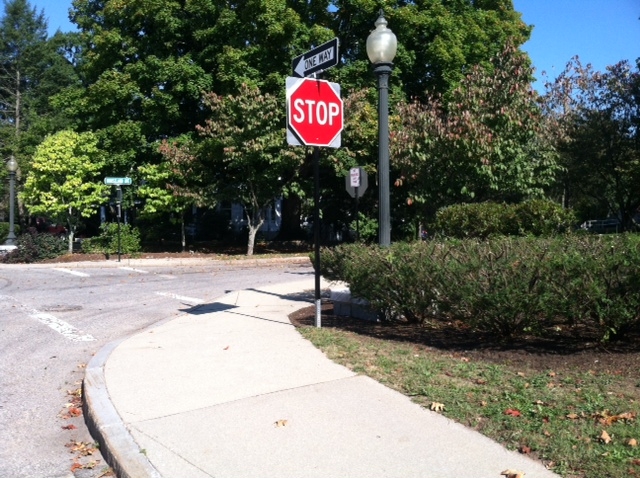
The pedestrian crossing on the berm east of Cedar Street created a sight line problem due to the existence of the utility pole and a row of ewes there on the left. Drivers along the Carriage Lane could not see pedestrians crossing over to the Carriage Lane side until they were second from colliding.
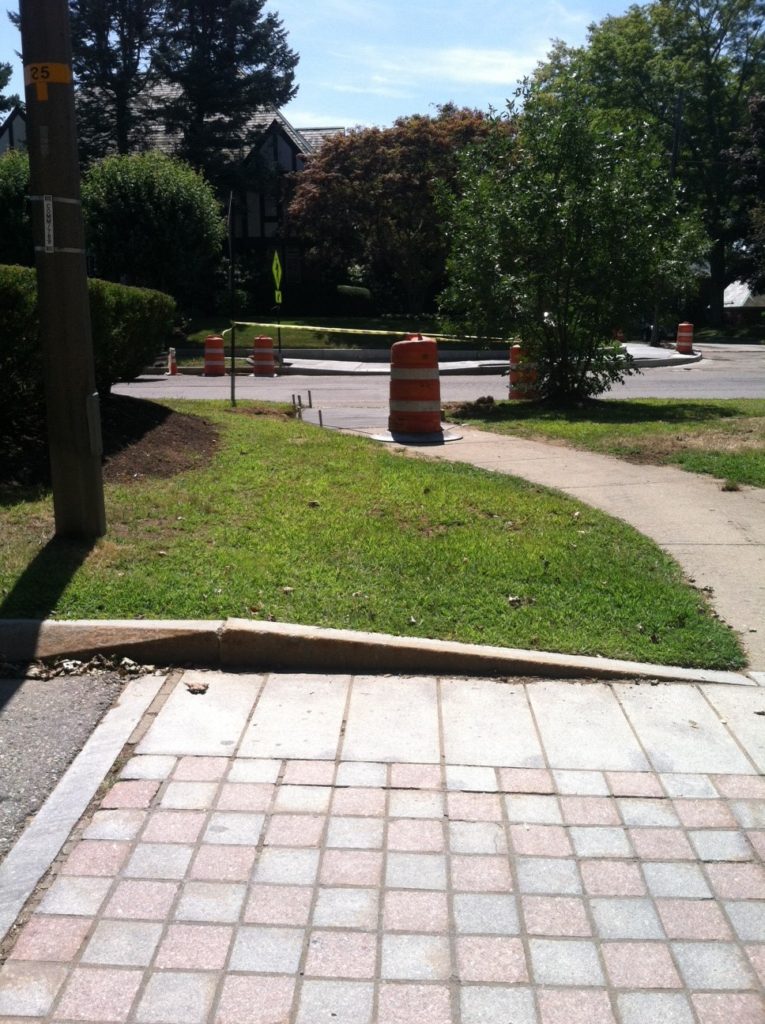
Commissioner DeRubeis graciously had removed an entire row of those ewes to give better visibility. (The mound of mulch has since lowered.)
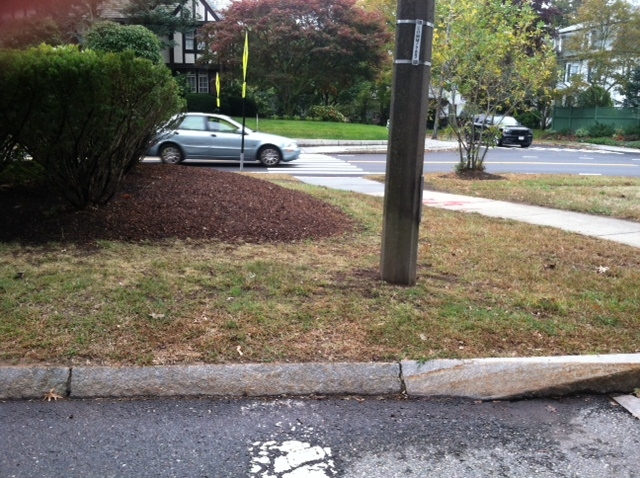
This intersection at the NW corner of the Carriage Lane and Hammond Road had been ignored for years. The gas lamplight was totally consumed by trees.
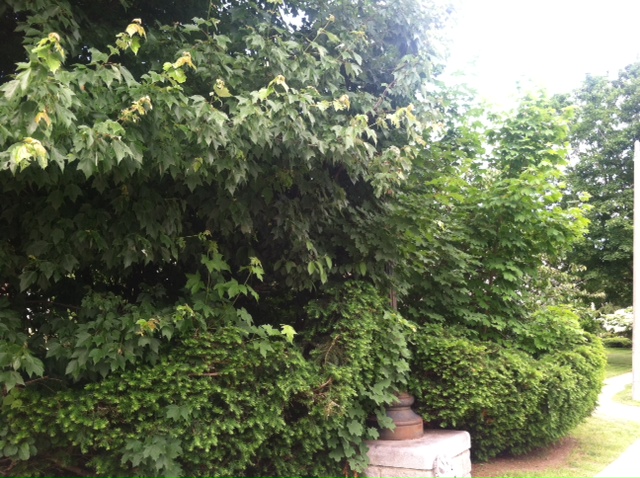
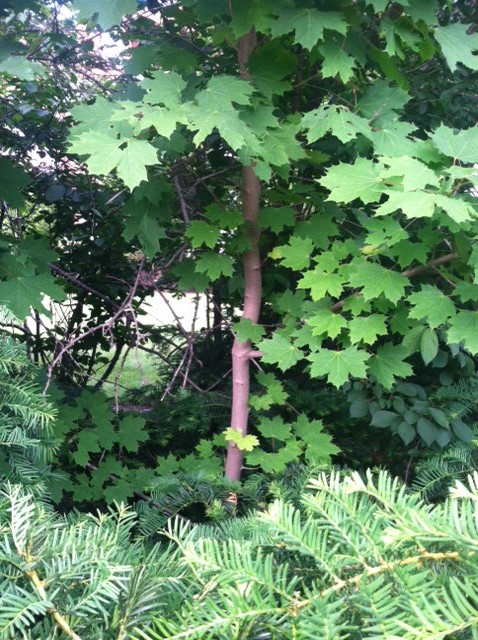
Comm. DeRubeis sent the team out right away and they got to work. See the finished product below. They also identified cherry and other blooming trees that had been totally obstructed, which could now be showcased.
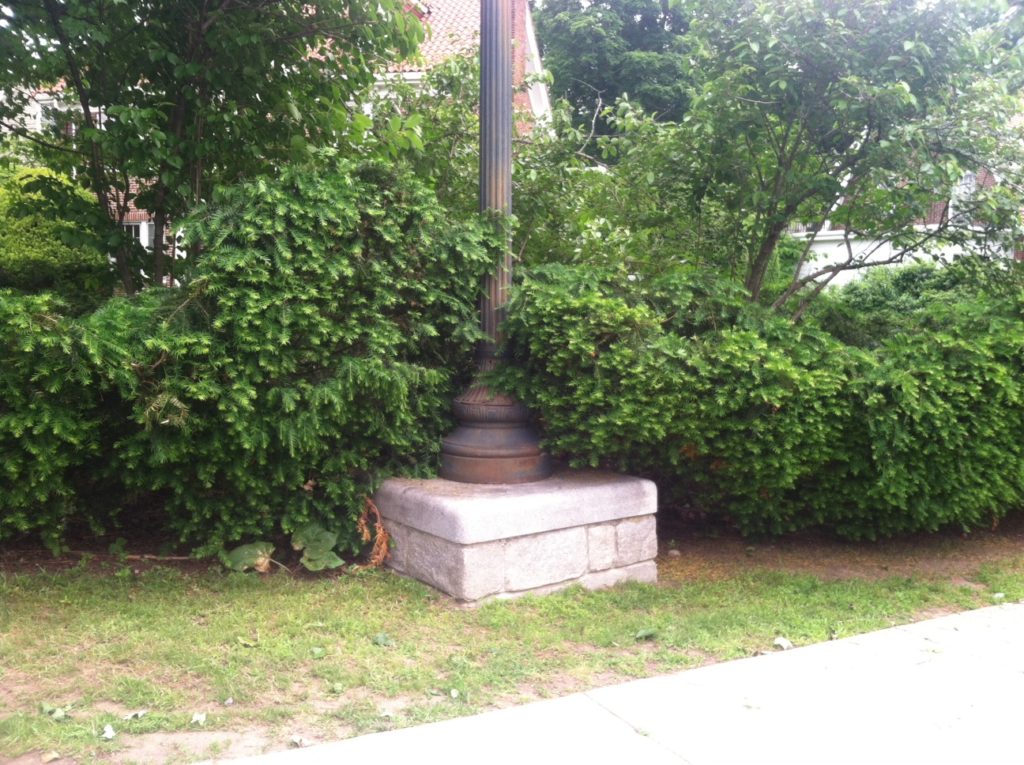
Around the corner, the view of the NW intersection of Hammond and the Carriage Lane was so overgrown that foliage had gobbled up tall directional signs.
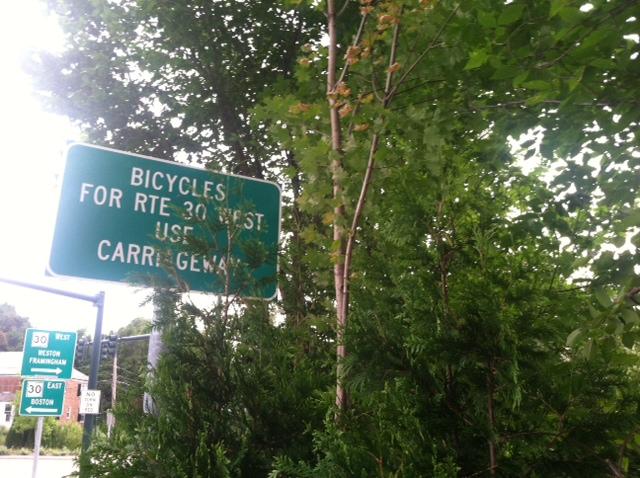
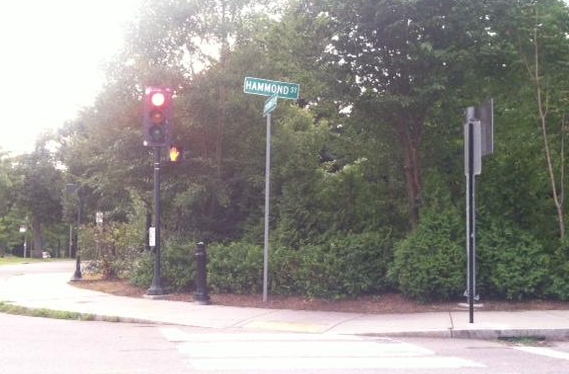
The NE intersection of Hammond and the Carriage Lane was also so overgrown that foliage had gobbled up directional signs, and traffic signals.
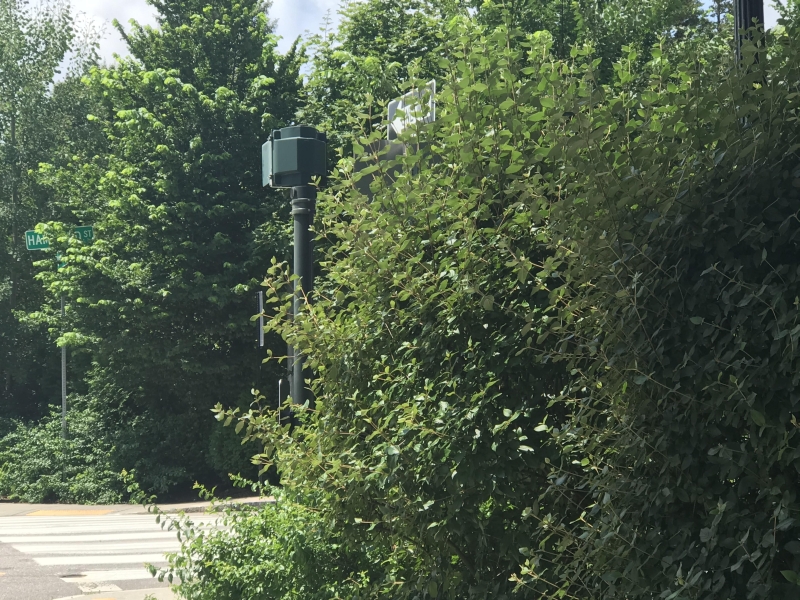
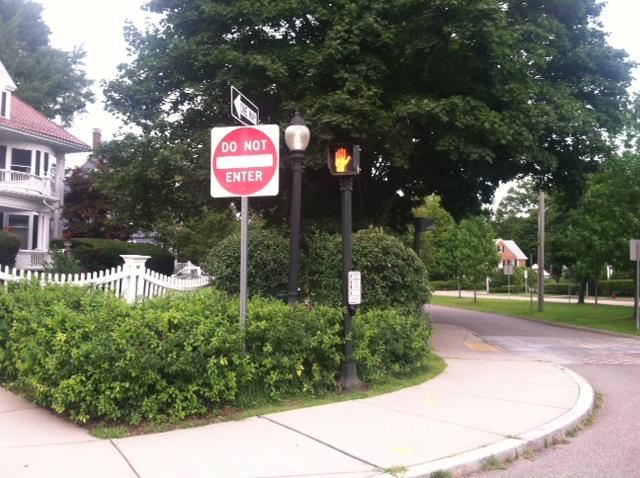
We hope that all the intersections below, and others, will be catalogued and pruned back annually. We also know that there are other locations where foliage has grown to impact safety and can and should be pruned back, or removed entirely.
